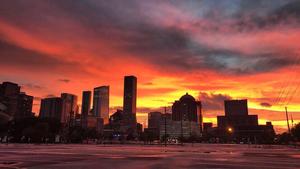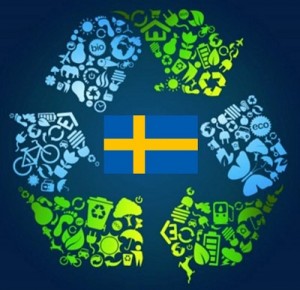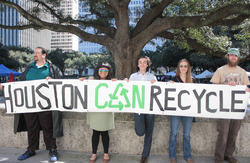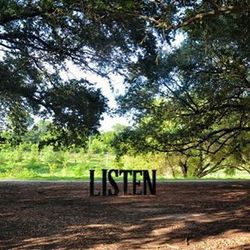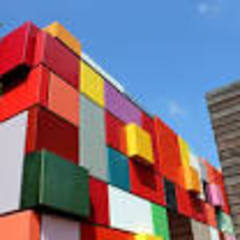Sunday
Jun242018
Exhibit Opening: The Faces of Syrian Refugees
 Sunday, June 24, 2018 at 11:45PM
Sunday, June 24, 2018 at 11:45PM One day after World Refugee Day, Michael S. Cohen (who insists on the inclusion of his middle initial, not to be confused with the American attorney) spoke at the Holocaust Museum Houston about the inspiration and story behind his photography exhibit, The Faces of Syrian Refugees.
An impactful photo can change the rhetoric of political conversations, and Cohen recognized the power of the lens early in his photography career. During his speech, he flipped through a few iconic photos that sparked this sort of dialogue – the first, an image of smiling Holocaust refugees aboard the S.S. St. Louis, unaware that they were to be denied a place to stay in Cuba and forced back to Europe; the second, a three-year-old boy named Alan Kurdi, whose dead body lay alone on the beach after his family capsized in a boat escaping Syria.

Cohen noticed a common thread among modern-day refugee photos. “[These images tend to be] tragic, gritty, sensational, and sad. If refugees could be introduced differently, we could create a connection,” Cohen said. He set out to create an exhibit that would balance the story Americans were being told about refugees – to humanize them and show they are just as unique and diverse as those not labeled as refugees. With a three-person team, he was put into contact with 20 Syrian refugees who were willing to share their stories of thriving after their escape.
The exhibit features one close-up image, one full length portrait, and a Proust-style questionnaire probing into who the subjects are as people with questions such as “What keeps you up at night?” and “What brings you joy?” The images are blown up on six-foot banners with many of the subjects turning out an open palm. Cohen’s hope is that exhibit visitors will be brave enough to approach these photos and stand eye-to-eye with them, perhaps even hand-to-hand. The interactive portion of the exhibit even extends past the physical portraits. The 20 refugees are following a specific hashtag - #tfosr – so if any visitor posts a selfie with the hashtag, they can interact with the portrait subjects via social media.
Michael Cohen said the most rewarding part of the process in creating this exhibit is getting to see the reactions of the audience, especially in “target states” like Texas, where refugees may not be as openly welcomed. In the audience, a first-generation Syrian-American thanked Cohen for the exhibit and for portraying Syrians as normal people. Another visitor was a refugee from the Democratic Republic of Congo, and he encouraged other attendees to make #tfosr go viral.
The portrait subjects are grateful for the exhibit as well. When asked what he would like to say to people who come to this exhibit, Ali, a refugee who fled Syria in 2014, said, “I would like to say, you did the right thing, because you have to break the ice between us. You have to come close to other people to see them.”
The Faces of Syrian Refugees exhibit can be visited at the Mincberg Gallery in the Holocaust Museum Houston until Sunday, August 26, 2018.
By Vox Blogger: Erin Philip

